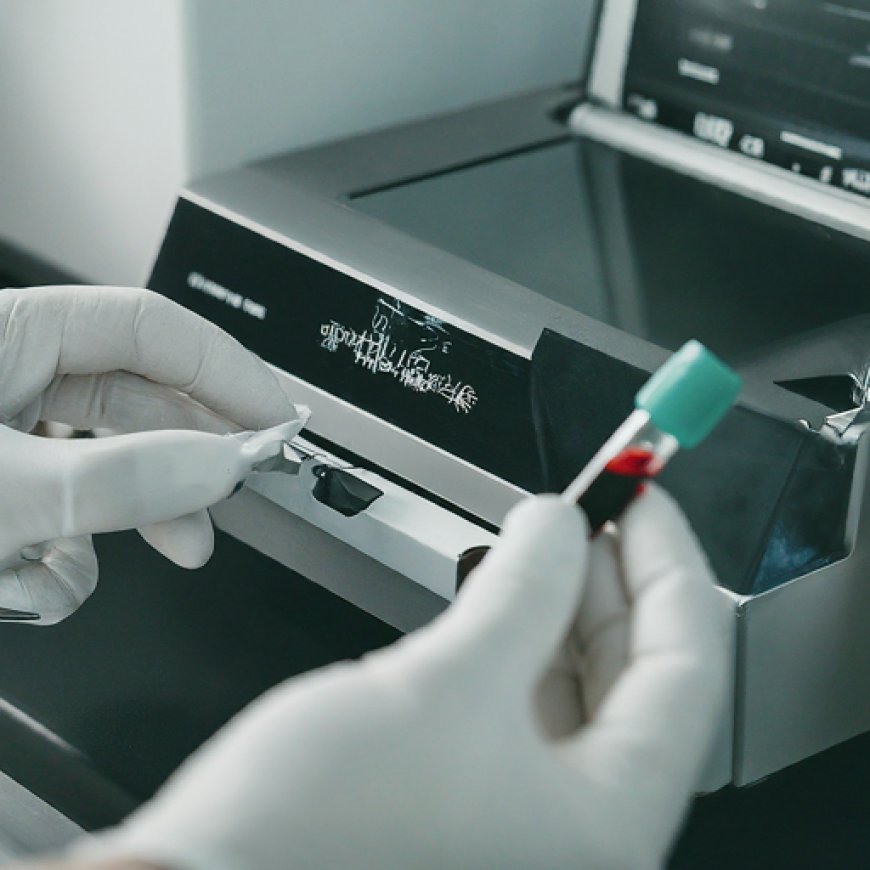Blood Coagulation Analyzers: Innovations and Trends in Hemostasis Testing
Explore the latest innovations in blood coagulation analyzers, from advanced technology to personalized medicine, enhancing diagnostic precision.

Blood coagulation analyzers play a crucial role in the diagnosis and management of bleeding disorders and thrombotic conditions. These sophisticated instruments measure the blood's ability to clot and are essential in both clinical and research settings. As technology advances, blood coagulation analyzers have evolved to become more precise, faster, and user-friendly. This article explores the latest innovations and trends in blood coagulation analyzers, highlighting their importance in modern healthcare.
The Role of Blood Coagulation Analyzers
Blood coagulation analyzers are designed to evaluate various aspects of the coagulation process, including clot formation and dissolution. They measure parameters such as prothrombin time (PT), activated partial thromboplastin time (aPTT), and international normalized ratio (INR). These tests are critical for diagnosing conditions like hemophilia, von Willebrand disease, and deep vein thrombosis (DVT).
Key Innovations in Blood Coagulation Analyzers
-
Technological Advancements
Recent advancements in technology have significantly improved the accuracy and efficiency of blood coagulation analyzers. Modern analyzers utilize advanced optical and mechanical methods to measure coagulation parameters with greater precision. This includes the use of laser technology and microfluidics, which enhance the sensitivity and speed of testing.
-
Integration with Electronic Health Records (EHR)
Integration with Electronic Health Records systems allows for seamless data management and improved patient care. Blood coagulation analyzers now often feature connectivity options that enable automatic data transfer to electronic records, reducing manual entry errors and streamlining workflow in healthcare settings.
-
Point-of-Care Testing
Point-of-care (POC) testing has gained prominence due to its convenience and rapid results. Portable blood coagulation analyzers enable testing at the bedside or in remote locations, providing immediate feedback for urgent clinical decisions. These analyzers are designed to be user-friendly and deliver accurate results quickly.
-
Automation and Workflow Efficiency
Automation is transforming the landscape of blood coagulation testing. High-throughput analyzers capable of running multiple tests simultaneously improve laboratory efficiency and turnaround times. Automated systems also reduce the risk of human error and ensure consistent, reliable results.
-
User-Friendly Interfaces
Modern analyzers come equipped with intuitive user interfaces and touchscreen controls. These interfaces simplify operation and data interpretation, making it easier for healthcare professionals to perform and analyze tests without extensive training.
Trends in the Blood Coagulation Analyzer Market
-
Increased Adoption of Hemostasis Testing
The growing prevalence of blood-related disorders and the need for accurate diagnostic tools are driving the demand for blood coagulation analyzers. This trend is further supported by advancements in healthcare technology and increased awareness of coagulation disorders.
-
Growth in Emerging Markets
Emerging markets are witnessing significant growth in the adoption of blood coagulation analyzers due to improving healthcare infrastructure and rising healthcare expenditure. Manufacturers are targeting these regions with cost-effective and reliable testing solutions.
-
Focus on Personalized Medicine
Personalized medicine is influencing the development of blood coagulation analyzers. Advances in genomics and molecular diagnostics are paving the way for customized testing and treatment plans, allowing for more precise management of coagulation disorders.
-
Regulatory and Compliance Requirements
Regulatory standards and compliance requirements are shaping the development and approval of blood coagulation analyzers. Manufacturers must adhere to stringent guidelines to ensure the accuracy, safety, and reliability of their products.
Conclusion
Blood coagulation analyzers are essential tools in the diagnosis and management of coagulation disorders. With ongoing technological advancements and evolving market trends, these analyzers are becoming more sophisticated, efficient, and accessible. The integration of new technologies and the focus on improving patient outcomes continue to drive innovation in this critical area of healthcare. As the field progresses, blood coagulation analyzers will play an increasingly vital role in advancing diagnostic capabilities and enhancing patient care.












